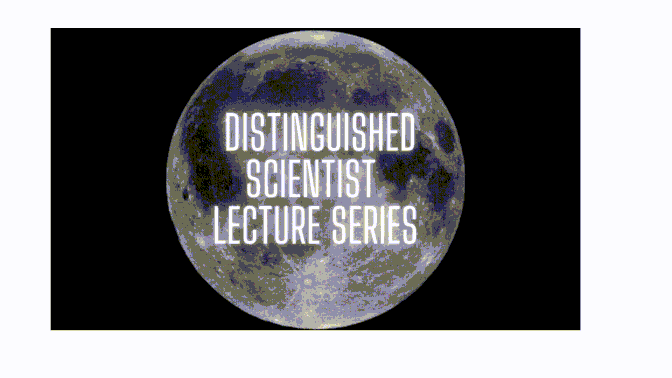
Search for the Fundamental Structure of the Universe
Loading...
Files
Download Transcript (353 KB)
Description
(This information was taken from the Distinguished Scientist Lecture Series Program 1982-1983).
Dr. Ting, Nobel laureate and Thomas Dudley Cabot Institute Professor at Massachusetts Institute of Technology, was born in Ann Arbor, Michigan. He attended the University of Michigan where he received a B . S. E. degree in 1959, an M .S. degree in 1960, and a Ph.D. degree in 1962.
In 1976, Dr. Ting was named co-recipient of the Nobel Prize in Physics with Dr. Burton Richter. Before joining MIT in 1967, Dr. Ting was a Ford Fellow at the European Organization for Nuclear Research (CERN) in Geneva, Switzerland in 1963. He taught at Columbia University from 1964 to 1967, and served as group leader at Deutsche Electronen Synchrotron (DESY) in Hamburg, Germany in 1966. In 1970, Dr. Ting served in the Division of Particle and Fields of the American Physical Society, and was Associate Editor of Nuclear Physics B.
He was elected a Fellow of the American Academy of Art and Sciences in 1975, and became an Academia Sinica Fellow in 1976. Dr. Ting was honored with the Ernest Orlando Lawrence Award in 1976, and with the Eringen Medal of the Society of Engineering Science in 1977. He is a member of the National Academy of Sciences.
His Work: Dr. Ting and Dr. Richter, working in separate groups , electrified the world of high energy physics in November of 1974 with the discovery of a new particle with remarkable properties. Dr. Ting, in collaboration with teams from MIT and Brookhaven National Laboratory, was studying production of an electron in conjunction with its antiparticle -the positron-in protron-nucleon collisions at Brookhaven. His group found a remarkable yield of electron-positron pairs of rest energy 3. 1 Gev ("gigaelectron" or one billion electron volts), indicating the production of a new particle, which they named J. Dr. Richter's collaboration, Stanford Linear Accelerator Center-Lawrence Berkeley Laboratory, meanwhile, was studying at the same time the reverse process, discovering the same new particle which they named 4J . The implications of the e experiment continue to stimulate reformulation of our basic undersranding of matter.
His Lecture: October 16, 1982: Search for the Fundamental Structure of the Universe.
Keywords
physics
Creation Date
October 16, 1982
Recommended Citation
Ting, Samuel C.C., "Search for the Fundamental Structure of the Universe" (1982). DSLS 1982-1983. 7.
https://digitalcommons.bard.edu/dsls_1982_1983/7
Transcript

